Participating banks all believe that deposit interest rates may increase slightly in the second half of 2024 due to recovering credit demand, but there are still different views on the trend of net interest margin (NIM) in the coming time.

According to research by experts from SSI Securities Corporation: Although banks believe that deposit interest rates may increase slightly in the second half of 2024 due to recovering credit demand, there are still different views on the NIM trend in the coming time.
For state-owned commercial banks, NIM is expected to be flat or slightly higher compared to the first half of the year, while NIM at private commercial banks may slightly decrease due to competition in lending rates. On the positive side, asset quality will gradually recover as the bad debt formation rate is on a downward trend and the bad debt ratio is expected to peak between Q3/2024 and Q4/2024. In general, participating banks have positive assessments of their profit plans for 2024.
As banks are competing fiercely with each other to gain market share by sharply reducing lending rates in Q3/2024, ACB decided to maintain NIM instead of trying to expand credit after the Q2/2024 boom (new credit limit is 18.4%).
Credit demand in the retail segment remains weak, while businesses mainly borrow working capital instead of investing in fixed assets. In the coming time, the corporate customer segment will still be the main growth driver of ACB, especially for medium and large enterprises and their supply chains. For green credit, ACB has disbursed 66% of the VND2 trillion credit package in the third quarter of 2024. The bank's bad debt is not concentrated in a specific segment or sector. In addition, NIM in the second half of the year may decrease compared to the first half of the year due to increased deposit interest rates while lending interest rates are unlikely to increase accordingly.
For the Joint Stock Commercial Bank for Investment and Development of Vietnam (BIDV), its operating profit before credit provision expenses (PPOP) in the first 9 months of the year is expected to reach VND36.1 trillion. BIDV recorded total credit growth in Q3/2024 at 10% year-to-date, driven by the manufacturing sector.
NIM will decline in the first half of 2024 due to slow credit growth, which will partly affect interest income; BIDV will actively support customers with interest rate reduction and incentive packages. In the second half of 2024, NIM is expected to increase thanks to credit recovery and asset optimization. In addition, non-interest income will recover strongly, including service fee income and collections from resolved debts.
The Military Commercial Joint Stock Bank (MBBank) expects credit growth to reach more than 12% in Q3/2024, compared to the credit limit granted by the State Bank of Vietnam (SBV) of 18.6%. As of the end of the third week of September 2024, MBBank's operating income reached VND33 trillion. However, increased credit risk provisioning costs in Q3/2024 caused the bank's pre-tax profit to remain flat. MBBank is awaiting official approval from the State Bank on the transfer of the "0 VND" bank, which is expected to be completed in 2024.
For Vietnam Prosperity Joint Stock Commercial Bank (VPBank), lending rates will hardly increase because banks have to compete with each other on interest rates to increase credit growth. Therefore, NIM is likely to be under pressure in the second half of 2024, but overall NIM will still improve compared to 2023. In terms of asset quality, bad debt is mainly due to the retail segment, especially home loans.
In Q3/2024, total restructured debt will reach VND12 trillion, mainly from the corporate customer segment. During 2019-2021, FE Credit has actively increased its market share by promoting cash loans for the mass and low-income segments. However, bad debt has also increased, especially during the COVID-19 pandemic. The company believes that bad debt has peaked in Q3/2023 and is expected to improve with the recovery of consumer demand. In the coming period, FE Credit plans to prioritize consumer loans for electronic goods and motorbikes, while limiting lending to high-risk segments, such as cash loans.
Vietnam Joint Stock Commercial Bank for Industry and Trade (VietinBank) maintains its view that deposit interest rates will only increase slightly in the second half of 2024 due to recovering credit demand, but interest rates will remain low to support the economy. Regarding asset quality, VietinBank targets a bad debt ratio of below 1.5% in Q3/2024. Restructured debt accounts for 1.5% of total outstanding debt, especially from the real estate, construction, and service sectors.
The bank has cut interest rates by up to 2% to support affected customers with a total support package of VND100 trillion. In 2024, total credit provision expenses are expected to reach VND25 trillion, of which the bank has recorded VND15.7 trillion in provision expenses in the first half of 2024. VietinBank is currently awaiting official approval from the SBV to pay stock dividends from retained earnings in the period 2009-2016 and 2021.
Joint Stock Commercial Bank for Foreign Trade of Vietnam (Vietcombank) prioritizes lending to corporate customers in the manufacturing and processing, trade, and FDI sectors. To manage the risks of the retail segment, Vietcombank has gradually shifted from home loans to personal loans for production and business, and proactively reduced the loan-to-value (LTV) ratio. Vietcombank plans to gradually shift to the retail segment in Q4/2024 and focus on disbursing medium- and long-term loans to support NIM. Unlike other banks, the retail segment is the segment with the least bad debt of Vietcombank. The bank has quite positive expectations about the economic recovery prospects, which can help Vietcombank reduce the bad debt ratio to about 1% in the coming years.
Vietnam Technological and Commercial Joint Stock Bank (Techcombank) plans to achieve credit growth of 18-20% in 2024. Regarding the real estate market, Techcombank sees a significant recovery in the North, while the recovery rate in the Southern market remains slow. The bank expects the second half of 2025 to be a suitable period for the real estate market to recover. The bad debt ratio in 2024 is estimated to reach around 1.3%-1.4%, with retail customers accounting for the majority of total bad debt.
Previously, the results of the survey on business trends of credit institutions (CIs) in the fourth quarter of 2024 conducted by the Forecasting Department, State Bank of Vietnam (SBV) showed that: Demand for using banking services (including demand for deposits, payment services, cards and loans) of customers in the third quarter of 2024 improved compared to the second quarter of 2024 but did not meet expectations. In particular, demand for payment services and cards was assessed to have improved more strongly than demand for loans and deposits in the same period.
In the fourth quarter of 2024 and the whole year of 2024, credit institutions forecast that customers' demand for banking services may improve better than in the third quarter of 2024 and 2023, in which demand for loans is expected to improve more than demand for deposits and payments.
The credit institutions responding to the survey said that they continued to maintain the trend of stabilizing or adjusting the average price of products and services, focusing on reducing marginal interest rates more than reducing service fees.
At the same time, 17% of credit institutions said they expected to slightly increase the average price of products and services in the fourth quarter of 2024, mainly increasing service fees, while still expecting to reduce marginal interest rates. Overall, in 2024, the average price of products and services is estimated by credit institutions to decrease compared to 2023, reducing both marginal yield and service fees, but may increase slightly again in 2025.
Credit institutions tend to slightly increase the deposit interest rate and maintain the lending interest rate at a low level. For the whole year of 2024, credit institutions forecast that the deposit interest rate will increase slightly (0.1 percentage point) and the lending interest rate will decrease slightly (0.09 percentage point) compared to the end of 2023. Capital mobilization of the whole system is expected by credit institutions to increase by an average of 3.2% in the fourth quarter of 2024 and 7.9% in 2024.
Source


![[Photo] Air Force actively practices for the April 30th celebration](https://vstatic.vietnam.vn/vietnam/resource/IMAGE/2025/4/15/16fdec3e42734691954b853c00a7ce01)

![[Photo] Ho Chi Minh City after 50 years of national reunification through buildings and symbols](https://vstatic.vietnam.vn/vietnam/resource/IMAGE/2025/4/15/a224d0b8e489457f889bdb1eee7fa7b4)
![[Photo] National Assembly Chairman Tran Thanh Man attends the summary of the organization of the Conference of the Executive Committee of the Francophone Parliamentary Union](https://vstatic.vietnam.vn/vietnam/resource/IMAGE/2025/4/15/fe022fef73d0431ab6cfc1570af598ac)
![[Photo] Welcoming ceremony for Prime Minister of the Federal Democratic Republic of Ethiopia Abiy Ahmed Ali and his wife](https://vstatic.vietnam.vn/vietnam/resource/IMAGE/2025/4/15/77c08dcbe52c42e2ac01c322fe86e78b)
![[Photo] General Secretary To Lam meets with veteran revolutionary cadres, meritorious people, and exemplary policy families](https://vstatic.vietnam.vn/vietnam/resource/IMAGE/2025/4/15/7363ba75eb3c4a9e8241b65163176f63)
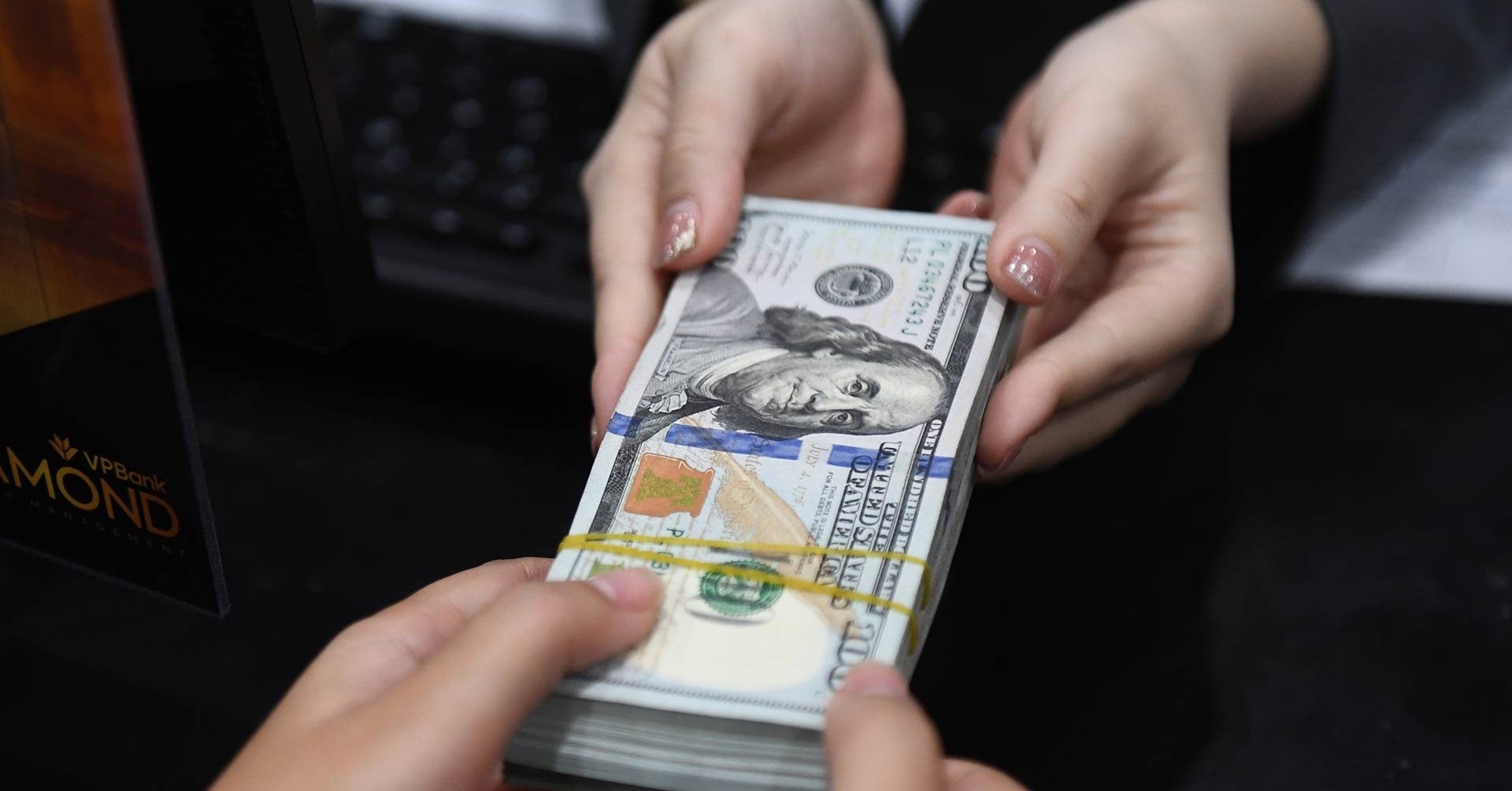


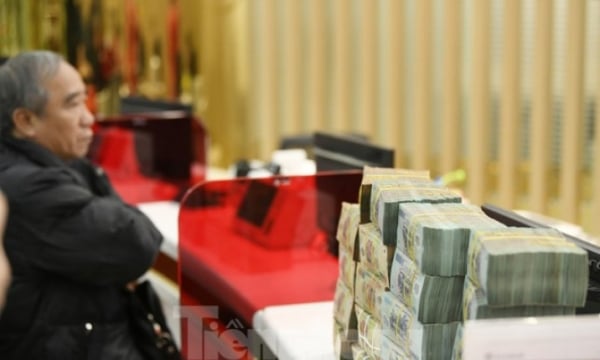


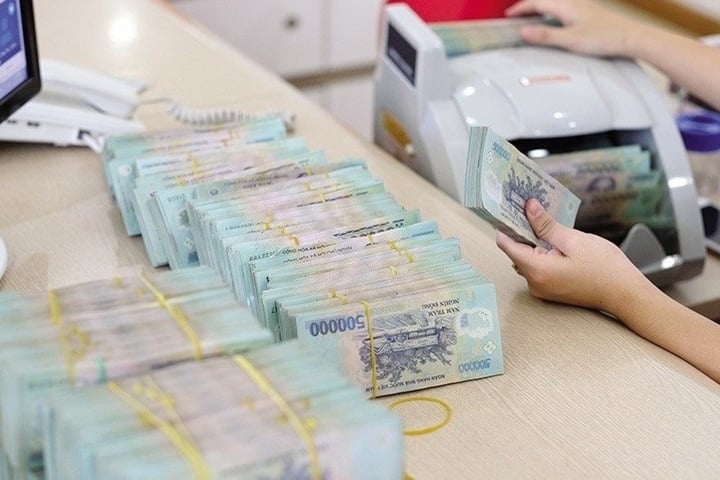


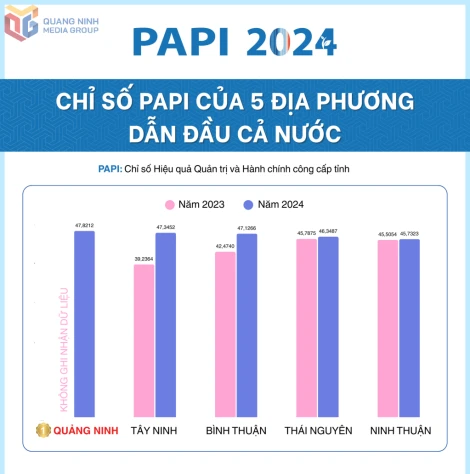












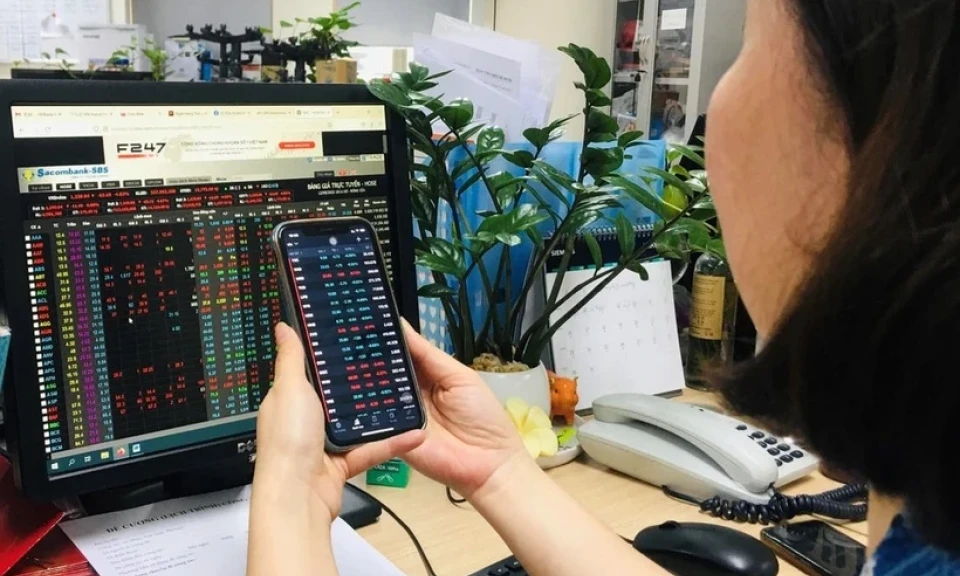
































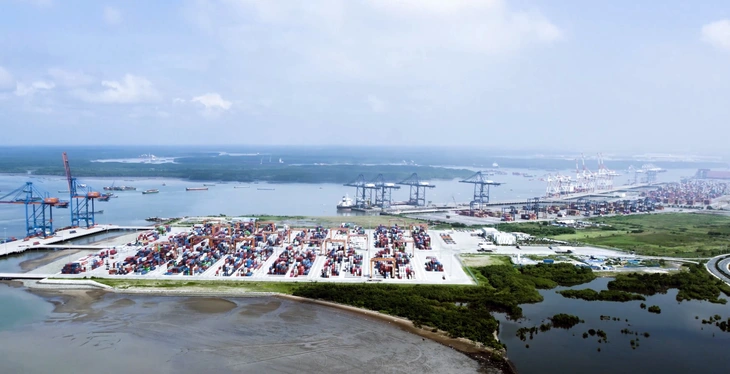






















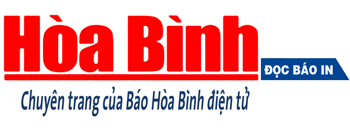



Comment (0)